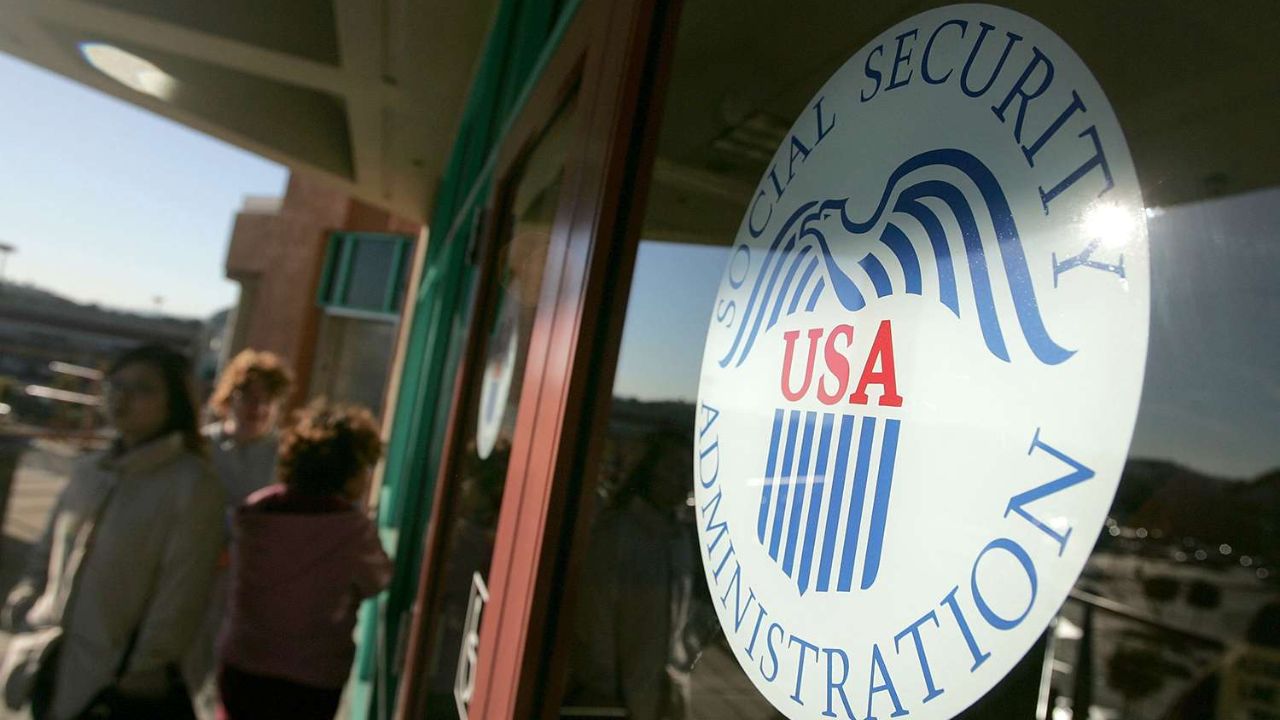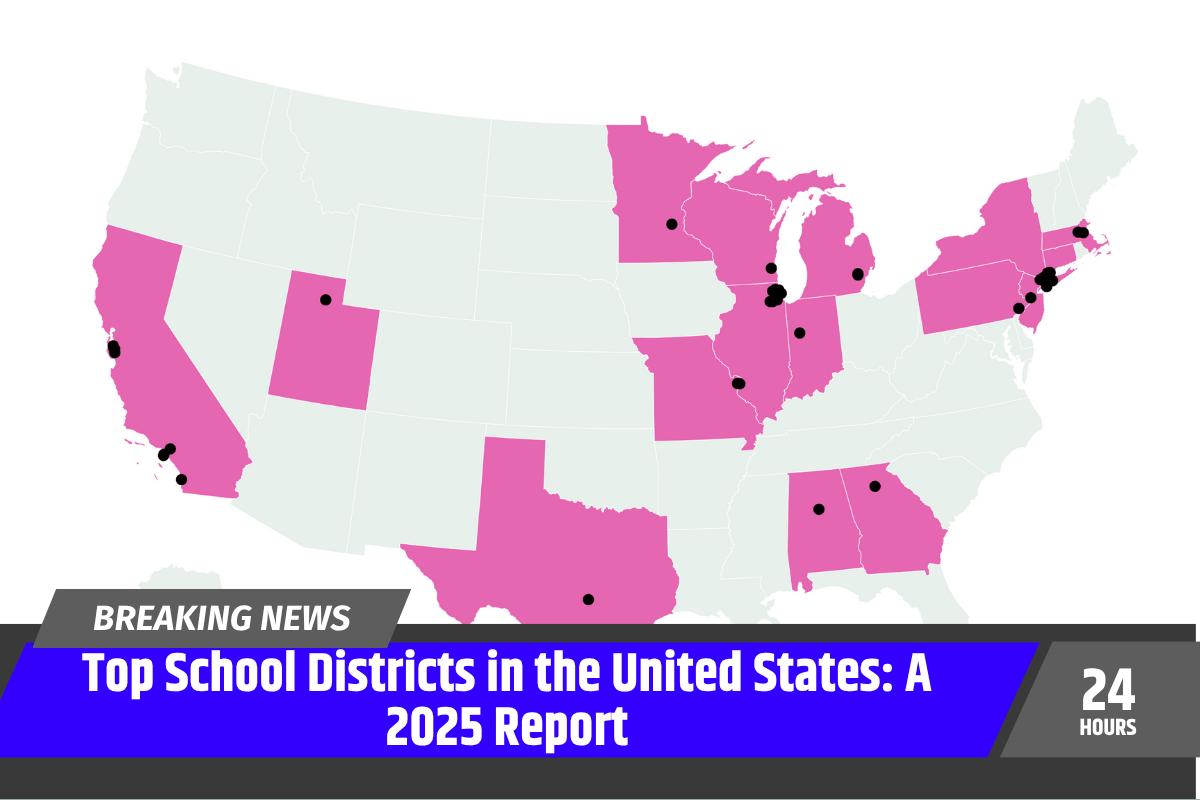The Social Security Administration (SSA) is undergoing some of the most sweeping changes in recent history, affecting millions of Americans—immigrants, retirees, public servants, and disability beneficiaries alike. In 2025, a series of new policies, system overhauls, and administrative reforms have been rolled out in an effort to modernize operations, reduce fraud, and address long-standing inefficiencies.
From suspending automatic Social Security number issuance for immigrants to restoring full retirement benefits to public sector workers, these changes are not only structural but deeply personal in their impact. Many of the new measures aim to improve service speed and accuracy, while others have sparked concern over accessibility, fairness, and financial hardship.
The reforms also reflect a broader push to digitize federal systems and streamline bureaucracy under new leadership. As these policies take effect, understanding what has changed and how it affects different groups has become essential for beneficiaries across the country.
1. Frozen Automatic SSN Issuance for Immigrants
On March 19, 2025, the SSA unexpectedly suspended the Enumeration Beyond Entry (EBE) program. This system automatically issued Social Security numbers (SSNs) to legal immigrants applying for work authorization or naturalization. Now, affected individuals must visit a local SSA office to complete a separate in-person SSN application. The program remains paused for 90 days while a policy review is underway. Importantly, individuals with permanent residency status or those who applied before March 18 are still eligible for automatic issuance.
2. Real-World Consequences
The pause has disrupted lives profoundly. Many legal immigrants have lost job opportunities because they were unable to provide SSNs for background checks. Others have encountered hurdles when trying to open bank accounts, apply for loans, or begin work. These challenges are exacerbated by limited SSA staff and reduced office hours, which make in-person visits difficult.3. Identity Verification Overhaul
Effective April 14, 2025, the SSA tightened its identity verification policy. Beneficiaries who cannot verify their identity online must now appear in person at SSA offices before requesting retirement benefits or making major account changes. However, applicants for Medicare, disability benefits (SSDI), and Supplemental Security Income (SSI) are exempt, recognizing their unique circumstances.
4. Direct Deposit Changes Accelerated
In an effort to enhance service and prevent fraud, direct deposit changes will now take effect within one business day, replacing the previous mandatory delay of up to 30 days. This modernization aims to provide faster, safer updates for beneficiaries.
5. Overpayment Policy Reversal
Starting March 27, 2025, the SSA rescinded its previous cap on overpayment recovery. Beneficiaries who were overpaid will now see 100% of future benefits withheld until the owed amount is repaid. The prior limit had held overpayment recapture to a maximum of 10% per month. Existing overpayment cases before this date are still subject to the former 10% cap. However, those facing financial hardship can request alternative repayment arrangements or file for waivers.
6. Fairness Act Retroactive Payments
Congress passed the Social Security Fairness Act, repealing the Windfall Elimination Provision (WEP) and Government Pension Offset (GPO) rules. This change benefits approximately 3.2 million public servants—teachers, firefighters, police officers—by restoring their full retirement benefits. Retroactive payments, averaging around $6,700, began arriving in March 2025, with monthly benefits permanently increased starting in April 2025.
7. Tech Overhaul and Workforce Restructuring
Under the Department of Government Efficiency (DOGE) led by Elon Musk, SSA is undergoing significant modernization. Staff reductions of about 7,000 people are planned through retirements and office closures. There are also efforts to upgrade identity fraud protections and migrate SSA’s legacy COBOL systems to modern platforms. These changes are intended to streamline services but have prompted concerns about potential service disruptions and privacy safeguards.
8. What It Means for Beneficiaries
- Legal Immigrants: Be prepared to visit SSA offices in person to obtain your Social Security number.
- Benefit Applicants: Check if you need in-person identity verification—retirement applicants are affected, but those applying for SSDI, SSI, and Medicare are exempt.
- Direct Deposits: Enjoy quicker updates—changes will be processed in just one business day.
- Overpayments: Your future benefits may be fully withheld if you owe overpayment, but options exist for hardship relief.
- Public Retirees: Expect enhanced monthly payments and a retroactive lump sum if you were previously penalized by WEP/GPO.
- All Beneficiaries: New ID checks and tech upgrades aim to improve security and service, though short-term operational pressure may persist.
The Big Picture
The SSA is undergoing one of its most extensive overhauls in recent history—from changing how IDs are verified and how immigrants receive SSNs, to restructuring benefits policies and modernizing its infrastructure. These adjustments aim to reduce fraud, improve efficiency, and correct long-standing inequities. However, the pace and breadth of the changes also bring challenges: office backlogs, identity verification demands, and uncertainty for immigrants and existing beneficiaries.
To navigate this evolving environment, consider the following steps:
- Review your eligibility and determine if in-person verification or immigration-related office visits are required.
- Monitor your benefit statements regularly, especially if you’re part of the WEP/GPO cohort or may be subject to overpayment recovery.
- Act quickly with direct deposit changes or compensation claims to benefit from faster processing.
- Reach out for help—SSA helplines, community legal services, and nonprofit advocacy groups can offer essential guidance.







